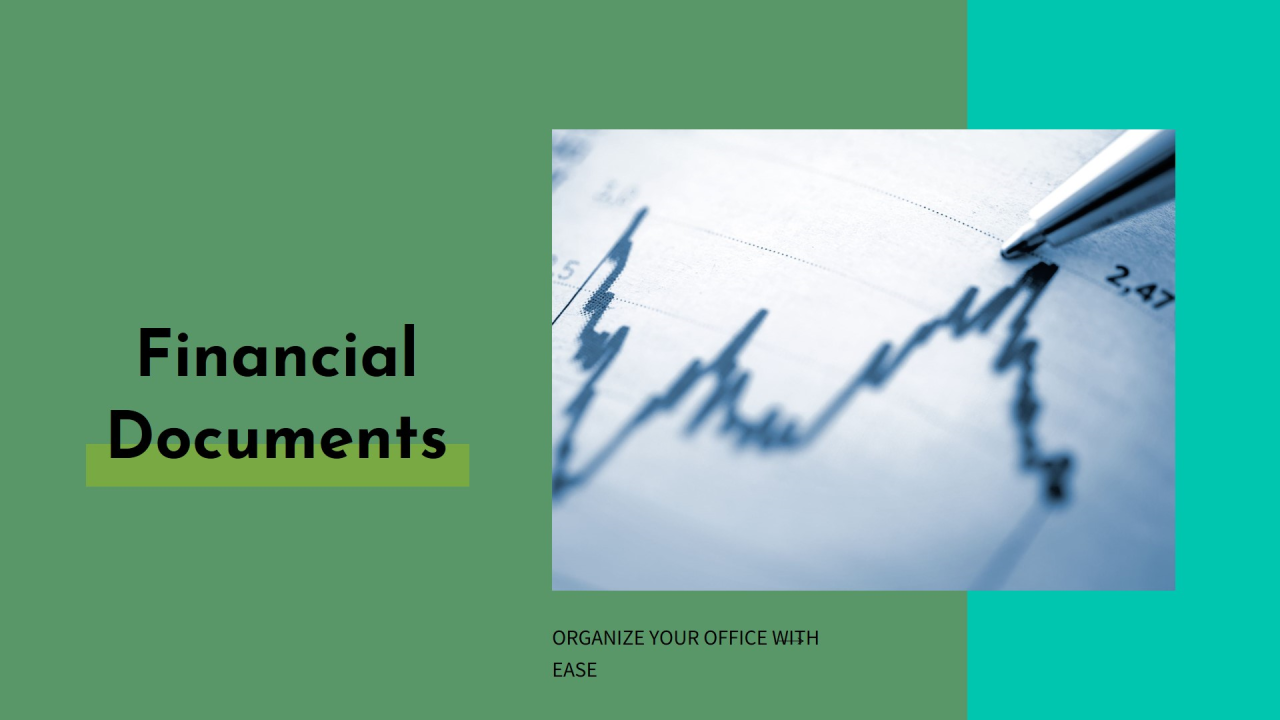Navigating the world of finance can often feel overwhelming, especially with the multitude of documents involved in everyday transactions. Whether you’re applying for a loan, opening a bank account, or managing investments, understanding the essential financial documents is crucial for making informed decisions.
In this blog, we will explore a range of key financial documents that play vital roles in personal and business finance. From Loan Applications that detail your financial background to Credit Reports that assess your creditworthiness, each document serves a specific purpose in ensuring transparency and compliance within the financial system.
We’ll also cover practical tools like Deposit Slips, Bank Statements, and Investment Prospectus, providing insights into how they function and why they matter. By the end of this guide, you’ll have a clearer understanding of these documents and how they can empower you to manage your finances more effectively. Join us as we demystify financial documentation and equip you with the knowledge to navigate your financial journey confidently!
Introduction to Financial Documents: Your Essential Guide
Loan Application: A form completed by a borrower to request a loan, detailing personal, financial, and employment information.
Credit Report: A detailed report of an individual’s credit history, used by financial institutions to assess creditworthiness.
Account Opening Form: A form used by customers to open a new bank account, including personal identification and financial information.
Deposit Slip: A document used by customers to deposit money into their bank accounts, detailing the amount and type of deposit.
Withdrawal Slip: A form used by customers to withdraw money from their bank accounts.
Bank Statement: A periodic statement provided to account holders summarizing transactions and balances over a specific period.
Cheque Book: A booklet of pre-printed checks issued to account holders for making payments.
Mortgage Agreement: A legal contract between a borrower and lender outlining the terms of a mortgage loan.
Investment Prospectus: A document providing details about an investment offering, including risks, financial statements, and objectives.
Insurance Policy Document: A contract outlining the terms and conditions of an insurance policy, including coverage, premiums, and exclusions.
Transaction Receipt: A document provided to customers as proof of a transaction, such as a deposit, withdrawal, or transfer.
Financial Statement: Includes balance sheets, income statements, and cash flow statements providing an overview of the financial position and performance of the institution.
Audit Report: A formal opinion issued by an auditor after examining the financial records and statements of the institution.
Compliance Report: A report detailing the institution’s adherence to regulatory requirements and internal policies.
Loan Agreement: A contract between a lender and borrower outlining the terms, conditions, and repayment schedule of a loan.
Certificate of Deposit (CD): A document issued by a bank acknowledging a fixed-term deposit, including the amount, interest rate, and maturity date.
Standing Order Form: A form used to set up automatic, regular payments from a customer’s bank account.
Direct Debit Mandate: Authorization given by a customer to a company or organization to withdraw funds from their bank account automatically.
Wire Transfer Form: A form used to send money electronically from one bank account to another.
Letter of Credit: A document issued by a bank guaranteeing a buyer’s payment to a seller, used in international trade.
Overdraft Agreement: A contract outlining the terms and conditions under which a bank allows a customer to overdraw their account.
Account Reconciliation Statement: A document used to compare bank statements with an institution’s financial records to ensure accuracy.
KYC (Know Your Customer) Form: A form used to verify the identity of customers to prevent fraud and comply with regulatory requirements.
Tax Reporting Documents: Documents such as 1099s or W-2s used for reporting income and other tax-related information to government agencies.
Investment Portfolio Statement: A document summarizing the performance and holdings of an investment portfolio.
Pension Plan Statement: A document detailing the contributions, performance, and balance of a pension plan.
Regulatory Filing: Documents filed with regulatory bodies to comply with financial regulations, such as SEC filings.
Loan Amortization Schedule: A table detailing each periodic payment on a loan, including the amount applied to principal and interest.
Trade Confirmation: A document sent to clients confirming the details of a securities trade executed on their behalf.
Risk Assessment Report: A document evaluating the potential risks associated with financial transactions or investments.
These documents are crucial for financial institutions to manage transactions, assess creditworthiness, and ensure compliance with regulatory requirements.
